X
wikiHow is a “wiki,” similar to Wikipedia, which means that many of our articles are co-written by multiple authors. To create this article, 9 people, some anonymous, worked to edit and improve it over time.
There are 7 references cited in this article, which can be found at the bottom of the page.
This article has been viewed 68,678 times.
Learn more...
Knowing what faulty vacuum hoses look like is an important part of keeping your car in good condition. Many of these hoses control your car's idle, emissions components and environmental controls such as your heat. This article will tell you how to check engine vacuum hoses.
Steps
Method 1
Method 1 of 2:
Visual and Hands-On Inspection
-
1Check each hose for bulges and swelling. If a hose feels soft or spongy when you touch it, this can indicate damage caused by your car's oil.[1]
- A swollen hose that is cracked and hard is often caused by heat damage. These hoses can be too close to heat sources under the hood or it may be the result of overheating.
- Bulging hoses can also be caused by electrochemical degradation when there's a coolant leak dripping onto hoses. Sometimes you can feel tiny cracks or weak spots when you squeeze a cool hose near one of the ends.
-
2Examine the hoses for tiny cracks and scratches. Small parallel cracks in the cover of a hose can be ozone damage. Scratches and other irregular injuries to the hoses can be caused by hoses rubbing against a moving part of the engine.[2]
Advertisement
Method 2
Method 2 of 2:
Using a Vacuum Detector
-
1Detach the vacuum hose from a system or accessory of your car, such as the hose from your heater or cruise control.[3]
-
2Attach your vacuum gauge and start your vehicle's engine.[4] Allow your car to idle for a couple of minutes. Your gauge should read between 14 and 18 inches of vacuum.
- If the reading is low or non-existent, there's a blockage or leak in the vacuum line. Visually check the entire length of the hose for the problem.
Advertisement
Community Q&A
-
QuestionMy truck has a rough idle but when I remove the vacuum line it smooths out. Why is this?
 Community AnswerIt depends on what part it is. On my 1999 Ford Ranger 4.0 V6 I had to replace the canister purge valve and I had almost the same situation. When you open the hood it should show a diagram with the vacuum hoses and the various places they go to. On mine it's the charcoal bed to the canister purge valve then to the throttle body. It wouldn't be the IAC so no worries there. It mainly depends on what truck it is.
Community AnswerIt depends on what part it is. On my 1999 Ford Ranger 4.0 V6 I had to replace the canister purge valve and I had almost the same situation. When you open the hood it should show a diagram with the vacuum hoses and the various places they go to. On mine it's the charcoal bed to the canister purge valve then to the throttle body. It wouldn't be the IAC so no worries there. It mainly depends on what truck it is. -
QuestionHow long can I drive with a faulty vacuum hose?
 Community AnswerYou can drive it, but not repairing it will ruin your fuel economy and create possible damage to an expensive catalytic converter.
Community AnswerYou can drive it, but not repairing it will ruin your fuel economy and create possible damage to an expensive catalytic converter. -
QuestionI accidentaly disconnected when cleaning my car and was confused as to where to connect the vacuum hoses for my LN130 Toyota turbo engine. Can anybody help me?
 Community AnswerLook on the top of your engine for a small disc object (might look like a flying saucer). There should be a small tube on the top of it. See if you can fit the vacuum hose back on tube.
Community AnswerLook on the top of your engine for a small disc object (might look like a flying saucer). There should be a small tube on the top of it. See if you can fit the vacuum hose back on tube.
Advertisement
Things You'll Need
- Flashlight
- Vacuum detector (optional)
References
- ↑ https://philkotse.com/car-maintenance/step-by-step-guide-to-check-and-replace-failing-vacuum-hose-4860
- ↑ https://www.popularmechanics.com/cars/how-to/a3094/how-to-find-a-vacuum-leak/
- ↑ https://www.2carpros.com/articles/how-to-use-an-engine-vacuum-gauge
- ↑ https://www.carbibles.com/vacuum-leaks/
- https://www.youtube.com/watch?v=UL9NqqZToJs
- https://www.youtube.com/watch?v=qTzDY95aqXg
- https://www.youtube.com/watch?v=9CPqbaSgcok
About This Article
Advertisement
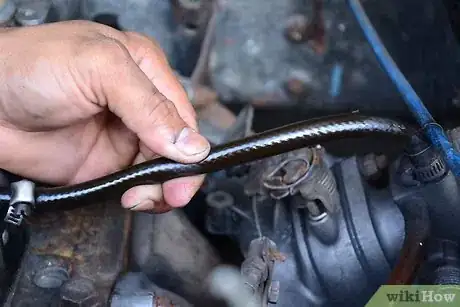
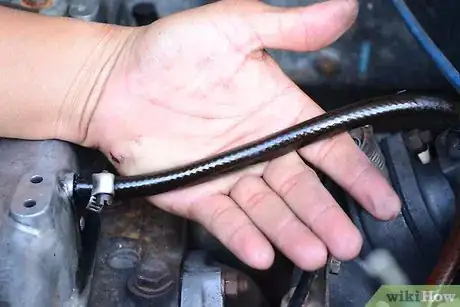
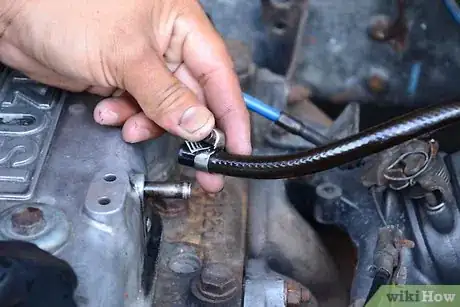
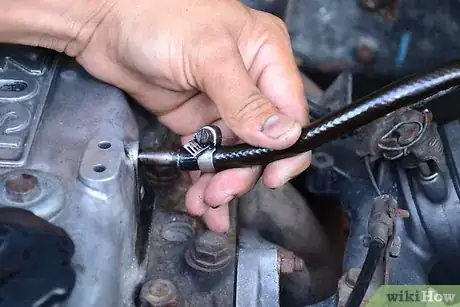



-Beetle-Step-5-Version-3.webp)


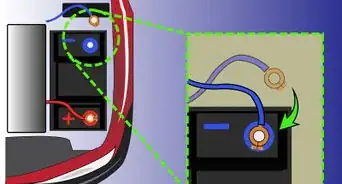

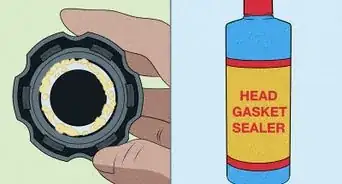
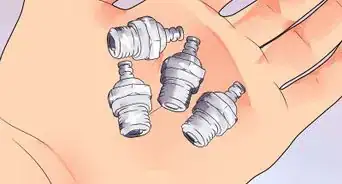
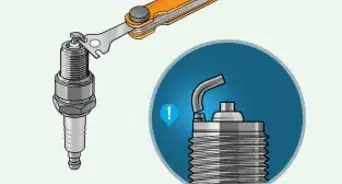








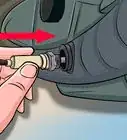


-Beetle-Step-5-Version-3.webp)


































